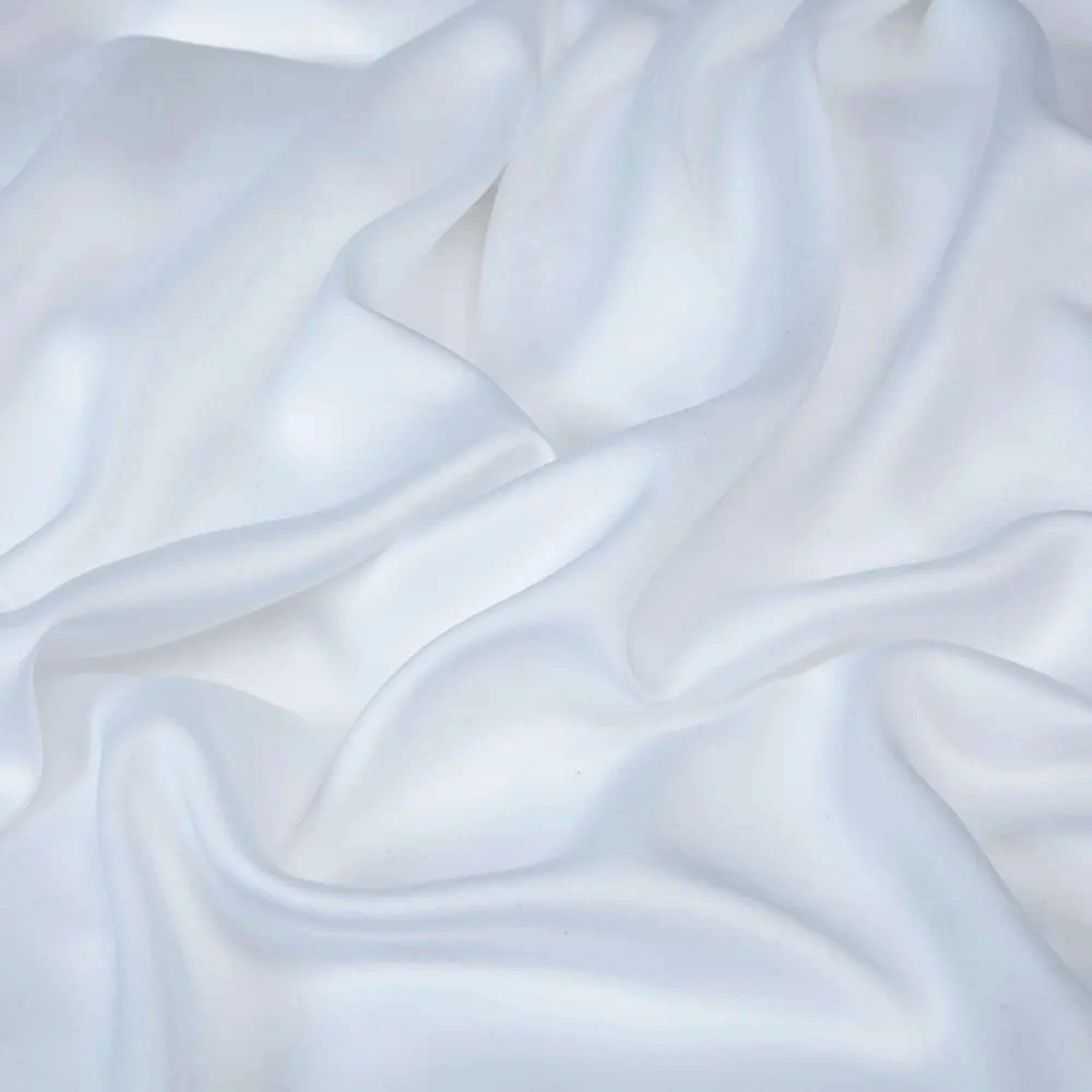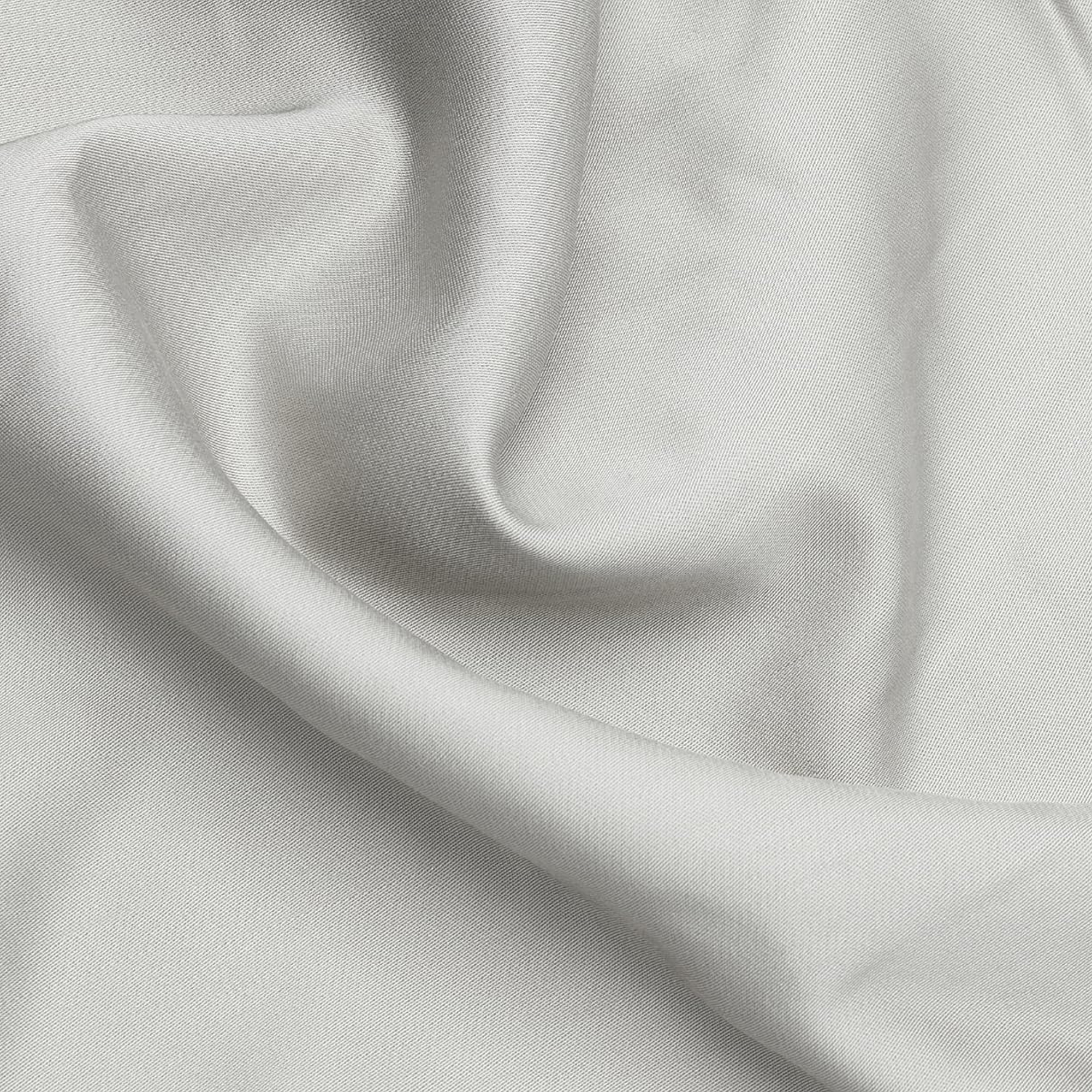I swapped my cotton sheets for silky bamboo bed linen during the heatwave – it's a game-changer for a cooler sleep
After sleeping on bamboo bed linen, there is no going back
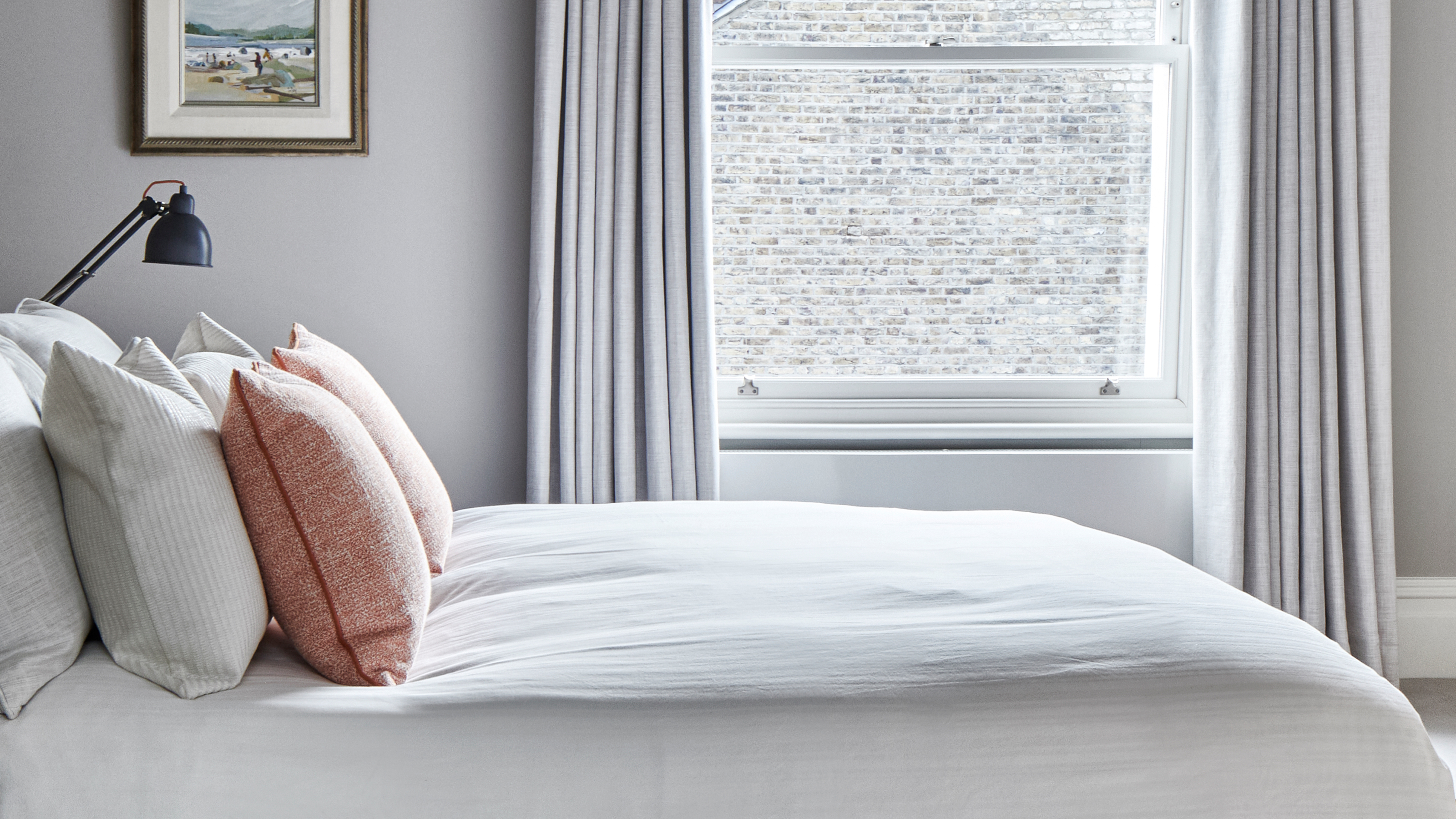

There’s a lot of talk about bamboo bedding at the moment. Whilst most of us probably currently sleep under cotton sheets, or a mix of cotton and polyester, bamboo is steadily growing in popularity as a bedding fabric.
Over the past couple of years, more and more retailers have begun adding bamboo bed linen to their product ranges, so if you’ve been pondering where to buy bedding recently, you’ve probably come across it too.
But what’s bamboo really like to sleep next to, and most importantly during this hot weather, is it cooler to sleep under than cotton? As a hot sleeper, I swapped my cotton bed linen for bamboo during the recent heatwave to find out.
If you haven’t touched bamboo bedding before, the likelihood is you’ll make some 'ooooh' of delight when you do. At least that’s what myself and everyone else who I invited to touch my new Lost Looms Bamboo Bedding Set did.
Compared to cotton, bamboo bed linen feels incredibly smooth and silky, and that silky surface also means it feels cool to the touch. The minute I unpacked this bedding set, it felt instantly cooling next to my hot skin in the muggy weather – exactly what I'd been hoping for after a couple of very hot and sticky nights' sleep.
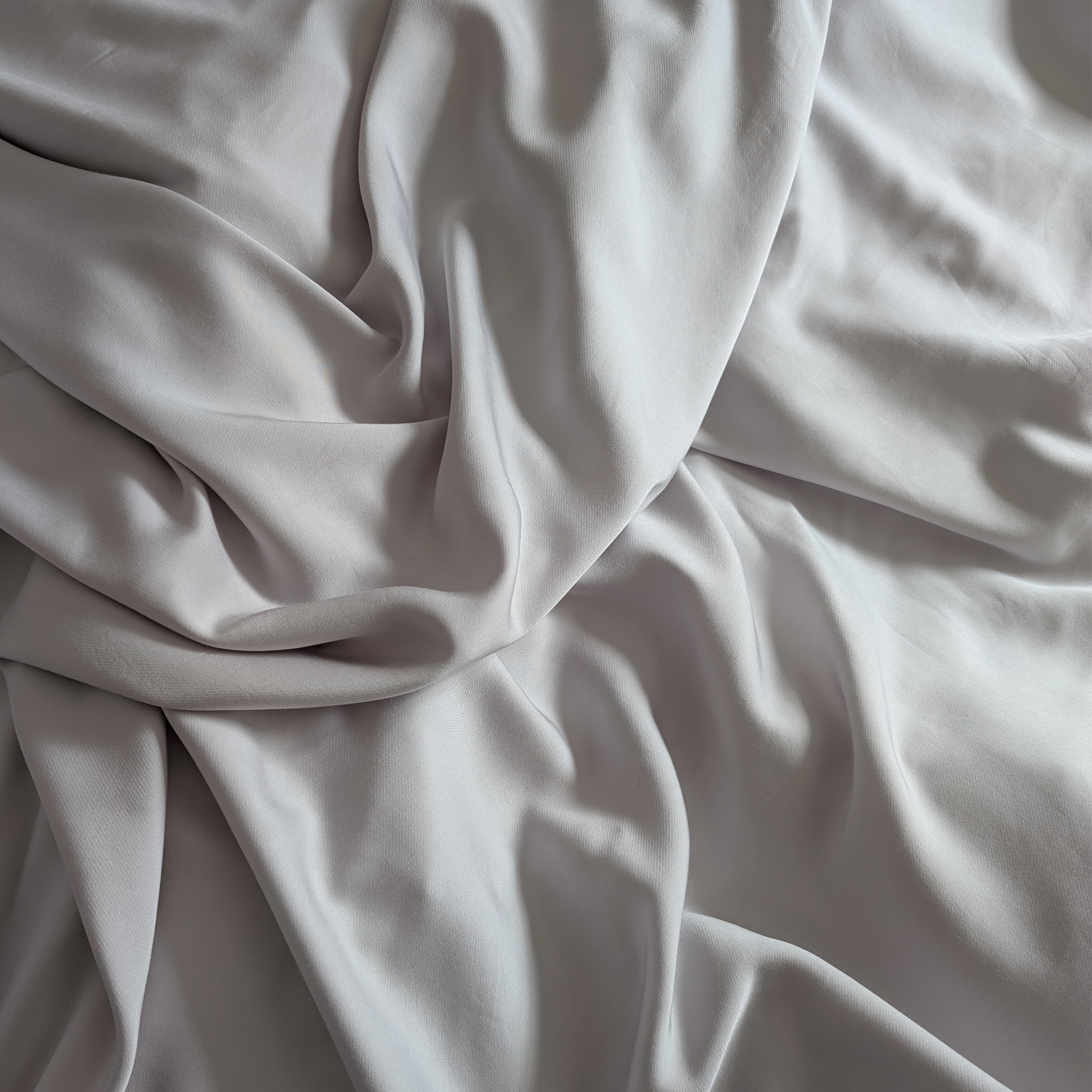
I was actually in the midst of testing some of the best silk pillowcases on the market when I unpackaged this bamboo bedding (what a job, I know), and it felt almost like a halfway house between cotton and the best quality Mulberry silk.
Bamboo viscose fabric is slightly less soft and silky than pure silk, and slightly less cool to the touch, but it’s also *significantly* more affordable than Mulberry silk bed linen and feels super luxurious compared to cotton. For comparison, the double Lost Loom Bamboo Bedding Set I tested costs £170 at full price. It's not cheap, but compared to a whopping £980 for a Mulberry Silk Bedding Set at Soak & Sleep, it suddenly seems far more affordable.
Sign up to our newsletter for style inspiration, real homes, project and garden advice and shopping know-how
Plus, once it was on my bed, unlike a lot of synthetic 'cooling' bedding I've tested which feels cool for 15 minutes and then gets warm, I found this bamboo bed linen offered good temperature regulation and breathability throughout the night – meaning no overheating.
In fact, after one night of testing this bedding set on my bed, I instantly decided it will be my new go-to every time the temperature soared.
It feels cool against my skin, and when the temperature of my bedroom climbed so high that I had to resort to the Aussie sleep hack of removing my duvet and using the duvet cover as a top sheet, I appreciated the weightier feel of the cool and silky bamboo against my skin.
Supposedly, bamboo can also absorb up to 40% more moisture than cotton, wicking sweat away from the skin, which in turn helps the skin to cool down faster. That would definitely explain why I slept better than usual during last week's particularly hot and sticky nights.
After testing, I'm sold on the luxurious feel and cool sleep surface that bamboo bed linen provides, but, like every material, there are pros and cons to consider. I aksed a variety of bedding experts to weigh in with their thoughts.
Pros and cons of bamboo bed linen
'Bamboo bedding is as soft and luxurious as high-end cotton,' says Richard Lord, founder of Lost Loom. 'It’s also breathable, temperature-regulating, naturally hypoallergenic, gentle on sensitive skin, and sustainably grown, making it a luxurious yet conscious choice for better sleep.'
'Bamboo fabrics can feel incredibly silky and cool to the touch,' agrees Molly Freshwater, co-founder of Secret Linen Store, although Caroline Brooks, founder of Hampton and Astley, does point out that 'bamboo fabric can feel soft, but lacks the durability of cotton.'
This is a good point, as all of the bamboo bed linen I've tested requires more delicate care than a cotton equivalent. Most manufacturers recommend that bamboo bed linen be washed at 30°C or under, often even a cool wash.
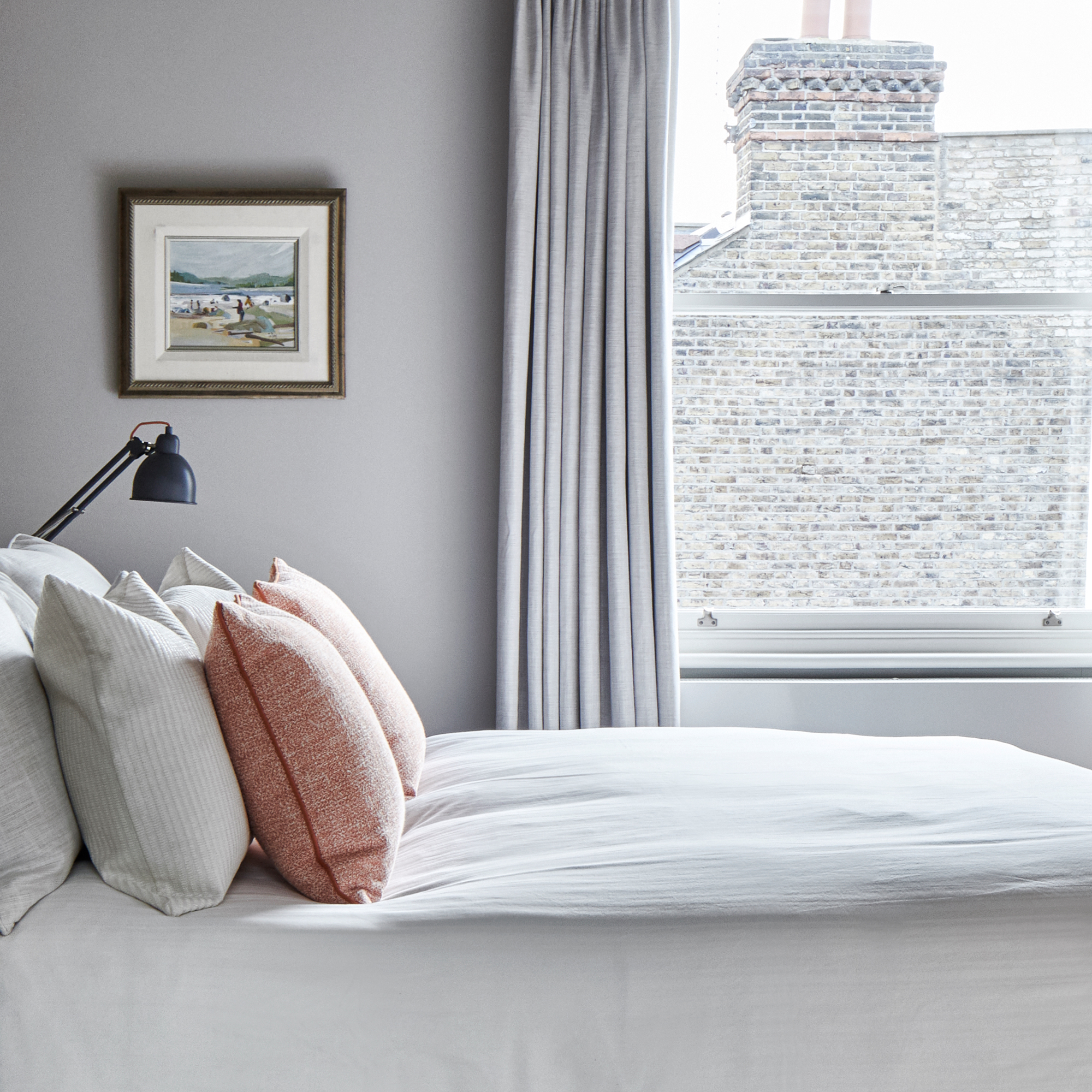
Although bamboo bedding is often marketed as more sustainable than cotton – and it can be, since bamboo needs so much less water than cotton to grow, and isn't as reliant on harmful pesticides – Molly does also raise the issue of the processes required to turn bamboo into fabric.
'Bamboo production typically involves heavy chemical processing to turn the tough plant into soft fabric,' says Molly, 'which can be harmful to the environment.'
Some bamboo manufacturers, such as Lost Loom, operate 'closed loop' systems, where the chemicals used to turn bamboo pulp into viscose fabric are captured and reused, but it's well worth checking that any other bamboo bedding retailer you buy from offers similar responsible manufacture.
All in all, I think making the swap from cotton to bamboo bedding is definitely worth it for the summer months, and there's an increasing number of products to choose from. These are three of my top recommendations.

Amy is Ideal Home’s Sleep Editor and the Ideal Home Certified Expert on Sleep. She's spent the last four years researching and writing about what makes for the best night’s sleep during the day and testing out sleep products to find the best-in-class by night. So far she’s clocked up over 10,000 hours of pillow, duvet, and mattress testing experience.
Our go-to for all things sleep-related, she’s slept on and under bestselling products from Simba, Emma, Hypnos, Tempur, Silentnight, Panda, and many many more.
As a hot sleeper, Amy is always on the lookout for the most breathable bedding, but she also leads a wider team of testers to ensure our product testing encompasses both hot sleepers, cold sleepers, front sleepers, back sleepers, side sleepers, and everything in-between.
You must confirm your public display name before commenting
Please logout and then login again, you will then be prompted to enter your display name.

